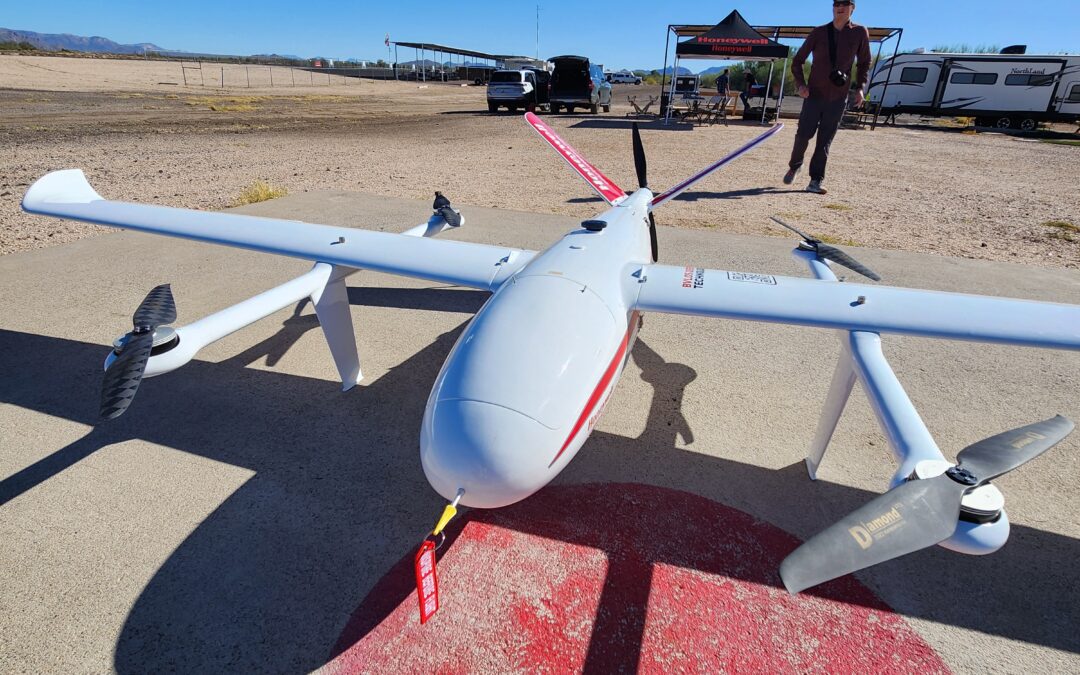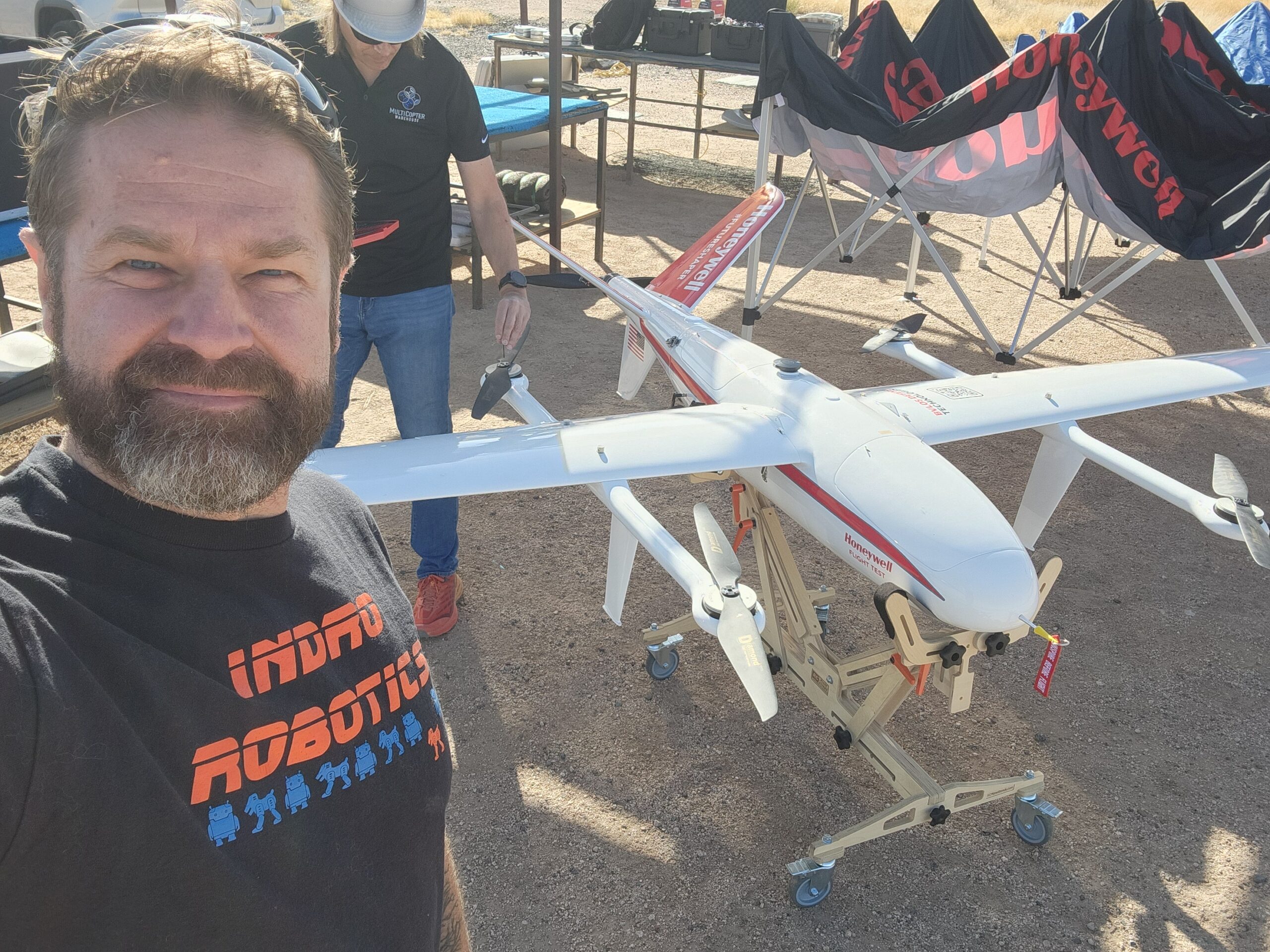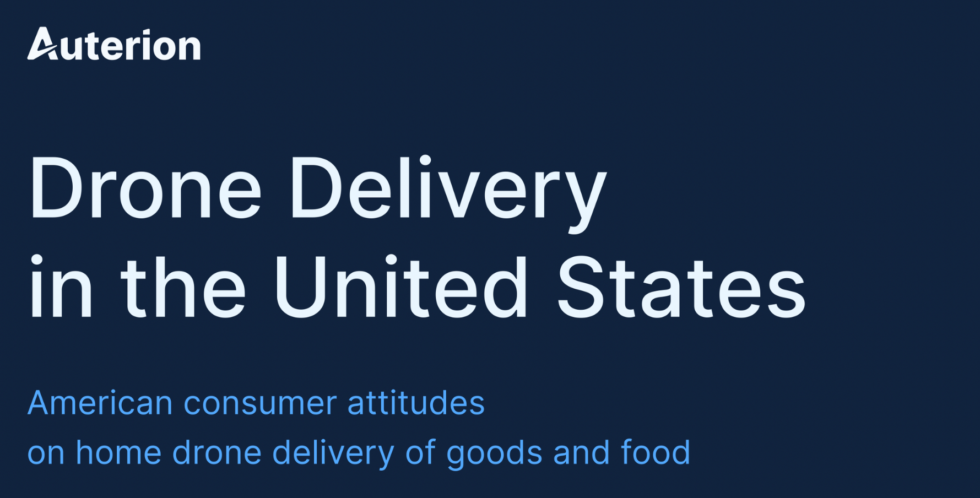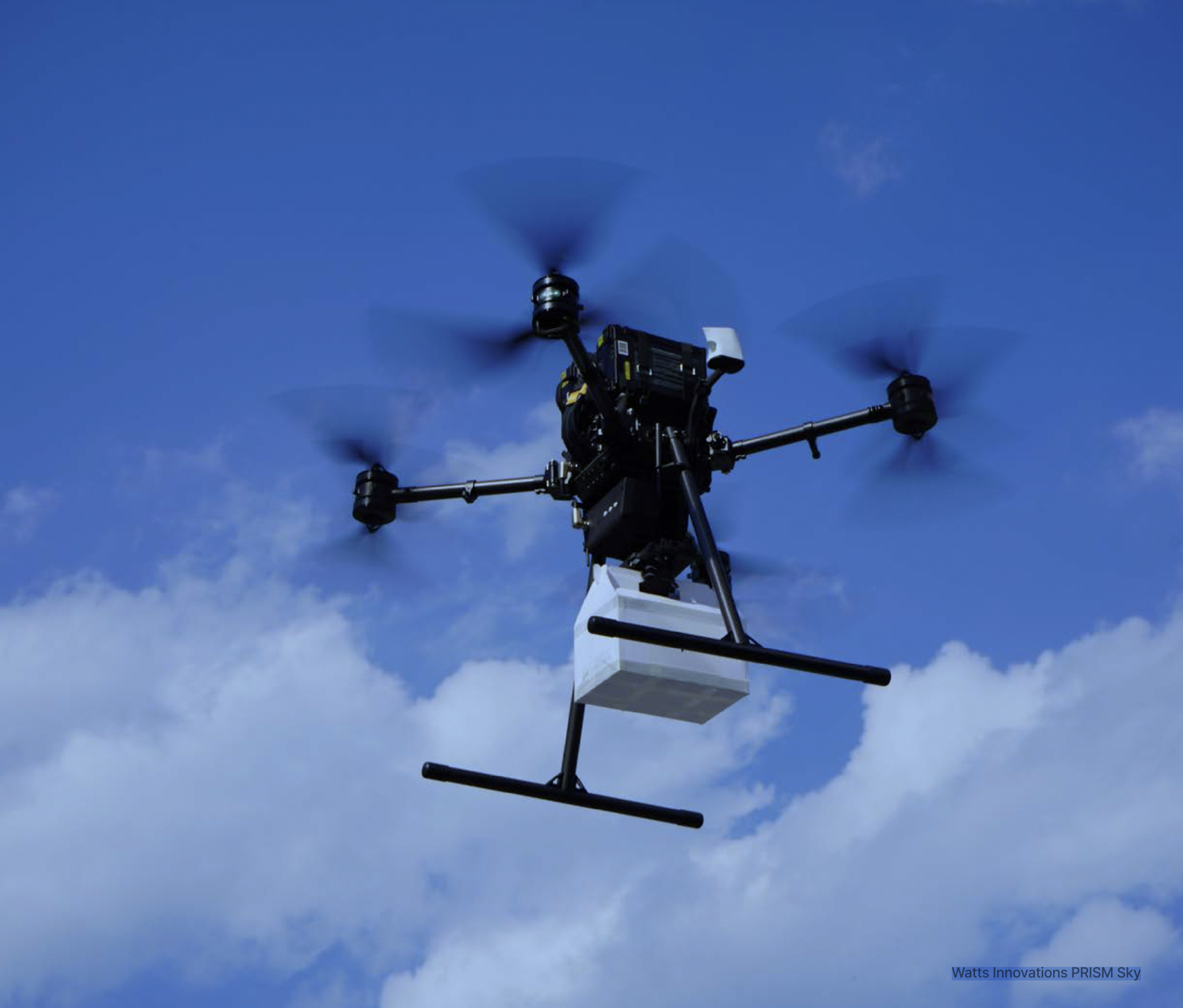
InDro part of new rural Indigenous healthcare drone delivery project
By Scott Simmie
InDro Robotics is pleased to be part of a newly funded research initiative that will explore delivering healthcare supplies by drone to three separate rural Indigenous communities. The project’s full title is “Implementing Drone Technology in Rural Indigenous Healthcare Systems: The Drone Transport Initiative.”
This news is actually the latest component of a multi-pronged initiative that will examine the need for and effectiveness of such deliveries, how to best ensure the most comprehensive benefits for communities in need, incorporate best practices from a multidisciplinary team – and even develop and test new technologies. The ultimate long-term goal is to develop an efficient and safe long-range drone delivery system that could be deployed at scale to enhance healthcare in remote Indigenous and other isolated communities.
The funding for the newest phase comes from Canada’s New Frontiers in Research Fund (NFRF). The Fund typically focuses on “interdisciplinary, international, high-risk/high-reward and fast-breaking research.”
There’s no question that rural Indigenous communities face barriers to access to the healthcare most Canadians take for granted. As the NFRF announcement points out: “Delivering medical supplies to rural Indigenous communities in Canada presents significant challenges, leading to health inequities. Drones offer a promising solution by transporting medical supplies, potentially bridging these gaps in healthcare access. By doing so, this project addresses these inequities and supports the Truth and Reconciliation Commission’s Calls to Action.”
The Principal Investigator of this portion of the project is Dr. Femke Hoekstra (PhD), Assistant Professor at UBC’s Department of Medicine, Division of Social Medicine in the area of Implementation Science. Her research focuses on improving “health services and care for equity-deserving groups in rural, remote and isolated communities.” She holds multiple other related qualifications/positions – and is a perfect fit to oversee the research.
Above: The Skylane M350, a long-range VTOL InDro is evaluating for use in the project. Below: A previous InDro initiative delivering COVID test supplies to an isolated First Nations community during the peak of the COVID19 pandemic
THE DETAILS
Particulars of this new NFRF funded project are now public and available by searching “drone” on this page. The overview makes it very clear this is not simply a delivery project – but a comprehensive research initiative with many medical experts, Indigenous and regional partners, subject matter experts and more. It’s about a *lot* more than simply shuttling supplies by drone. Rather, you could think of it as the early phase of developing a workable system that will attempt to address and unify the many variables required to make all of this work effectively.
Partners in the project include an interdisciplinary team of researchers, health administrators and professionals, members of rural Indigenous communities, industry partners and key decision makers. As the NFRF announcement points out:
“Insights from our initial demonstration phase, environmental scans, and community needs assessment will inform our drone delivery model. Building relationships with the three rural Indigenous communities will be crucial for success, as their views and needs will guide the work.”
The initial phase of the project will focus on communities in northern British Columbia, including the Village of Fraser Lake and Stellat’en First Nation – both remote and a considerable distance west of Prince George. The goal is to provide reliable patient care by moving supplies, lab samples, and medicine between facilities and even directly to patients’ homes.
OBJECTIVES
The funding announcement outlines three specific objectives:
- Co-develop an innovative model for using drones to deliver medical supplies in rural Indigenous communities
- Co-implement the use of drone technology in three rural Indigenous communities
- Co-evaluate partners’ experiences, outcomes and impacts.
Once the preliminary research is complete, InDro Robotics will be an industry partner carrying out the drone deliveries. These will be long-duration, low-risk BVLOS flights over challenging terrain – and where weather conditions could be very different 50 kilometres out from the takeoff point. InDro’s Chief of Flight Ops, Dr. Eric Saczuk, recently met in Prince George with about 30 people involved with the project. To say he was impressed would be an understatement.
“I was blown away at how passionate people were, how serious they were and how excited they were. I really felt like this people are visionaries. They’re definitely looking into the future and that appeals to me a great deal. I would love to positively contribute to that effort on that basis alone.”
There’s a lot of work before the first flights – which will involve a fixed-wing VTOL – take place. There are many considerations on the healthcare and community side of things, ensuring Indigenous partners have the main voice in determining the most pressing needs. Community healthcare workers will have input too – and researchers will want to create a framework so that all of this can be critically assessed for best outcomes.
And that’s before we even get to the drone side of things. There’s topography, range and payload to consider, weather challenges, Detect and Avoid technologies, contingency landing spots – and so much more. In fact, as part of a companion project, InDro is developing ground-based stations that will pepper the route to relay local weather conditions, scan for low-flying aircraft – and relay that data both to the drones and a Mission Control where an operator can someday monitor multiple simultaneous deliveries.
Sound like a lot of work? It will be. And that’s why Dr. Saczuk absolutely embraces it.
“It’s challenging. It’s something that will certainly move the needle forward in terms of establishing what needs to happen in order to operationalize these types of deliveries.”
Below: (1) The communities include the Village of Fraser Lake and Stellat’en First Nation, with flights to and from Prince George. (2) Dr. Eric Saczuk alongside the Skylane M350 VTOL, a drone we are evaluating for use in the project


INDRO’S TAKE
Drone deliveries aren’t new. There are huge success stories in rural healthcare deliveries, with Zipline achieving legendary accomplishments rapidly moving critical medical supplies in Africa. But when it comes to Canada, particularly communities most in need, there has yet to be a carefully thought-out long-range BVLOS system that reliably and consistently serves communities with pressing needs at scale. It takes more than a drone company to execute such a grand vision – it takes a village, and a multidisciplinary one at that.
There is now such a village. And we are very excited to be a member.
“We hear about various pilot projects, about instances where people try things out,” says Dr. Saczuk. “But I think this has the potential – out of all the projects and products I’ve been involved with – to really establish it as an operational service that could actually overcome some of those gaps and barriers to the delivery of medical services to remote First Nations communities.”
As mentioned, there are other partners onboard this ambitious project, with each carrying out interconnected and synergic roles. These include the CAN Health Network and INSAT – the Institute for Sustainable Aviation Technology. You’ll be hearing more about their roles later.
This is an important, long-term project which we hope will result in immense benefits for multiple communities. We look forward to keeping you updated along the journey.





